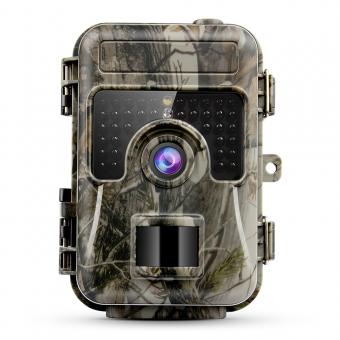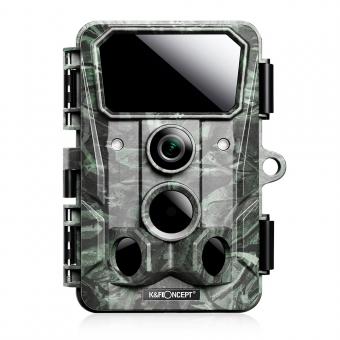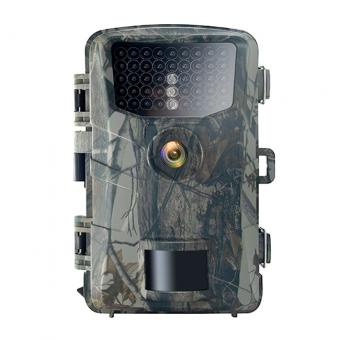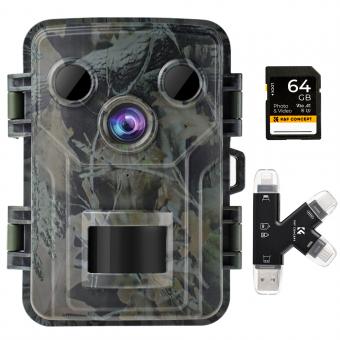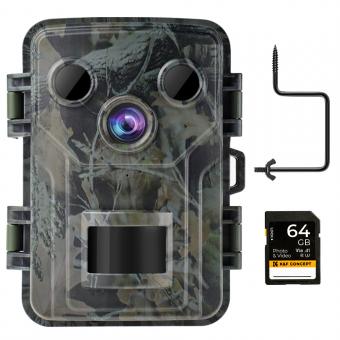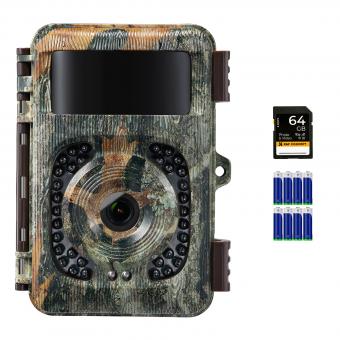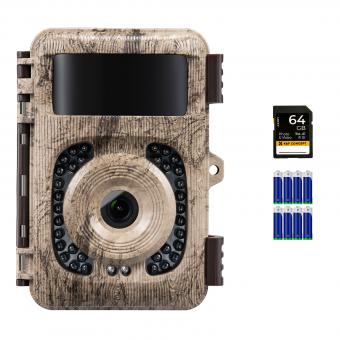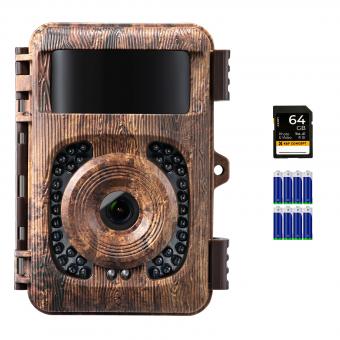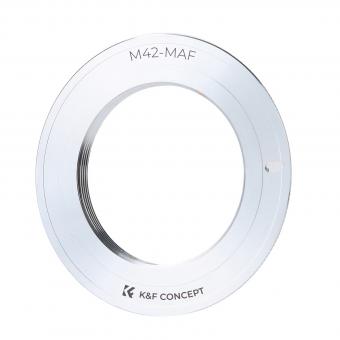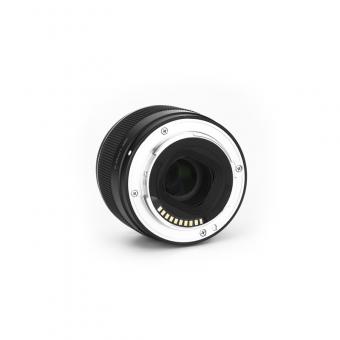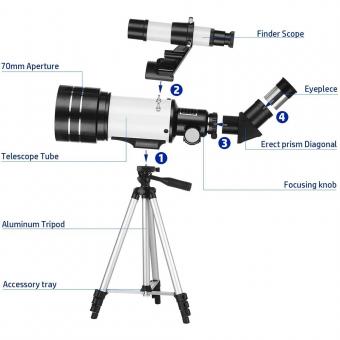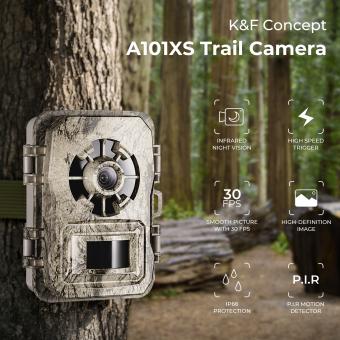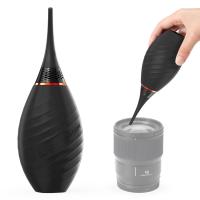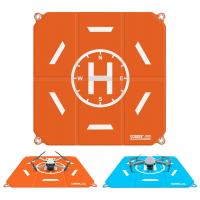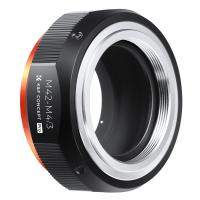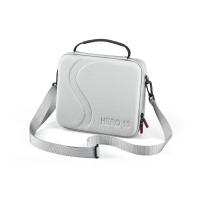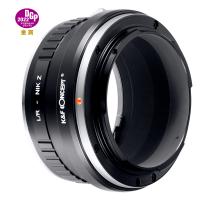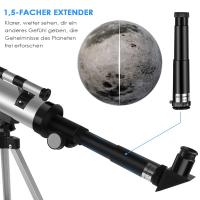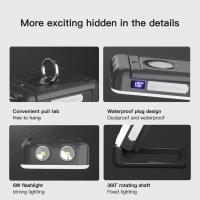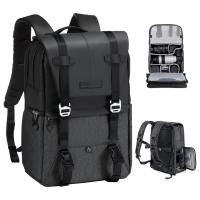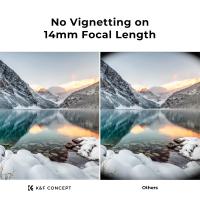Wildlife Camera Where To Connect ?
A wildlife camera can be connected to a computer or other devices using various methods such as USB, Wi-Fi, or cellular networks. The specific method of connection depends on the model and features of the camera. Some wildlife cameras have built-in Wi-Fi capabilities, allowing them to connect wirelessly to a computer or smartphone for data transfer. Others may have a USB port that can be used to connect the camera directly to a computer using a USB cable. Additionally, some advanced wildlife cameras may have cellular capabilities, enabling them to transmit data over cellular networks to a remote location or cloud storage. The appropriate method of connection will depend on the camera's specifications and the user's preferences and requirements.
1、 Wireless Connectivity Options for Wildlife Cameras
Wireless connectivity options for wildlife cameras have become increasingly popular in recent years, providing researchers and nature enthusiasts with convenient and efficient ways to monitor and study wildlife. These cameras are typically equipped with various wireless connectivity options, allowing users to remotely access and control the cameras from their smartphones, tablets, or computers.
One of the most common wireless connectivity options for wildlife cameras is Wi-Fi. With Wi-Fi connectivity, users can connect their cameras to a local network or hotspot, enabling them to access the camera's live feed, adjust settings, and download or share captured images and videos. This option is particularly useful for those who want to monitor wildlife in real-time or remotely manage multiple cameras from a centralized location.
Another popular wireless connectivity option is Bluetooth. Bluetooth-enabled wildlife cameras allow users to connect their devices directly to the camera without the need for an internet connection. This option is ideal for short-range monitoring or when internet access is limited or unavailable. Bluetooth connectivity also offers a more secure and private connection, as it does not rely on external networks.
In addition to Wi-Fi and Bluetooth, some wildlife cameras also offer cellular connectivity. These cameras are equipped with a SIM card slot, allowing them to connect to cellular networks and transmit data over the internet. Cellular connectivity is particularly useful in remote areas where Wi-Fi or Bluetooth signals may be weak or unavailable. However, it is important to note that cellular connectivity may require a data plan and incur additional costs.
As technology continues to advance, new wireless connectivity options for wildlife cameras may emerge. For example, some cameras now offer integrated GPS capabilities, allowing users to track the camera's location remotely. This feature can be particularly useful for monitoring wildlife movements or for retrieving lost or stolen cameras.
Overall, the choice of wireless connectivity option for wildlife cameras depends on the specific needs and requirements of the user. Whether it is Wi-Fi, Bluetooth, cellular, or a combination of these options, wireless connectivity provides a convenient and flexible way to monitor and study wildlife in their natural habitats.

2、 Choosing the Right Network for Wildlife Camera Connectivity
Choosing the right network for wildlife camera connectivity is crucial to ensure seamless and reliable data transmission. With advancements in technology, there are several options available, each with its own advantages and considerations.
One option is to connect wildlife cameras to a cellular network. This allows for remote monitoring and data transmission in areas with cellular coverage. Cellular networks provide wide coverage and can be a good choice for wildlife cameras placed in remote locations. However, it is important to consider the availability and strength of the cellular signal in the specific area where the camera will be deployed. Additionally, cellular connectivity may come with ongoing data costs, so it is important to factor in these expenses.
Another option is to connect wildlife cameras to a Wi-Fi network. This can be a suitable choice for cameras placed in areas with existing Wi-Fi coverage, such as near buildings or research stations. Wi-Fi networks provide high-speed data transmission and can be cost-effective if the camera is within range of an existing network. However, the range of Wi-Fi networks is limited, so this option may not be feasible for cameras placed in remote or inaccessible areas.
In recent years, the emergence of low-power wide-area networks (LPWANs) has provided another connectivity option for wildlife cameras. LPWANs, such as LoRaWAN or Sigfox, offer long-range connectivity with low power consumption. This makes them ideal for wildlife cameras placed in remote areas with limited infrastructure. LPWANs can provide reliable connectivity over long distances, but it is important to ensure that there is coverage in the specific area where the camera will be deployed.
Ultimately, the choice of network for wildlife camera connectivity depends on the specific requirements of the project and the environmental conditions. Factors such as coverage, data costs, power consumption, and range need to be carefully considered to ensure successful data transmission and remote monitoring.
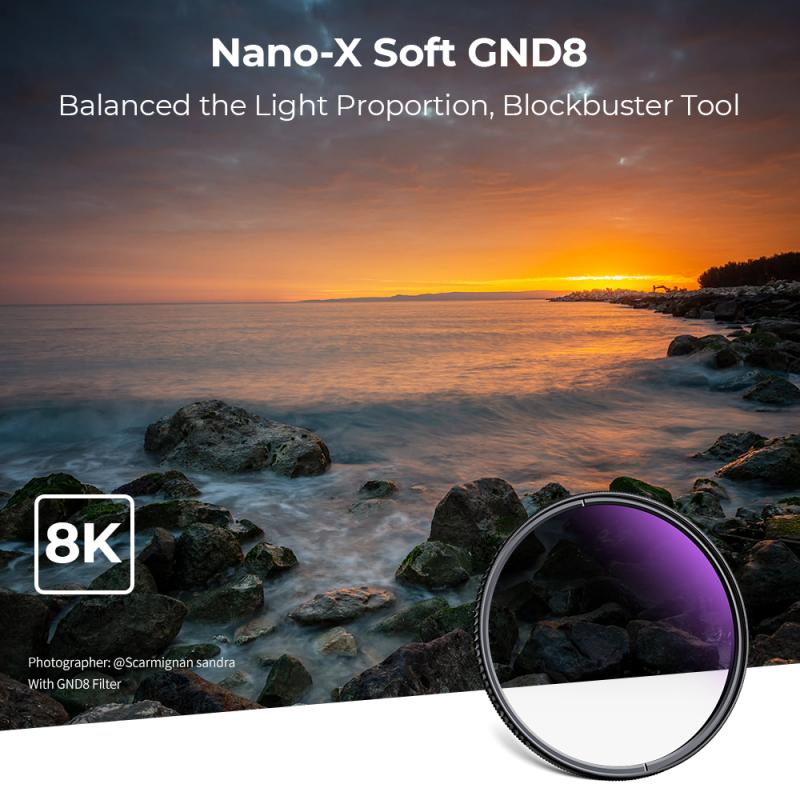
3、 Utilizing Cellular Networks for Wildlife Camera Connectivity
Utilizing Cellular Networks for Wildlife Camera Connectivity
In recent years, the use of wildlife cameras has become increasingly popular for monitoring and studying animal behavior in their natural habitats. These cameras provide valuable insights into the lives of various species, helping researchers and conservationists make informed decisions. However, one challenge that arises with wildlife cameras is how to connect them to a network for data transmission.
One solution that has gained traction is utilizing cellular networks for wildlife camera connectivity. By leveraging existing cellular infrastructure, researchers can remotely access and control these cameras, eliminating the need for physical retrieval of data. This not only saves time and resources but also reduces disturbance to the animals being studied.
To connect wildlife cameras to cellular networks, a few key components are required. Firstly, the camera itself needs to have cellular capabilities, either built-in or through the use of an external modem. These cameras are equipped with SIM cards that allow them to connect to the cellular network and transmit data.
Secondly, a reliable cellular network coverage is essential. Researchers need to ensure that the area where the wildlife cameras are deployed has sufficient cellular signal strength. This may require conducting a site survey to determine the best locations for camera placement.
Lastly, a data plan with a cellular service provider is necessary to establish a connection. Researchers can choose from various data plans offered by cellular providers, depending on their specific needs and budget.
It is important to note that while utilizing cellular networks for wildlife camera connectivity offers numerous advantages, there are also some limitations. Remote areas with poor cellular coverage may pose challenges in establishing a reliable connection. Additionally, data transmission costs can be a concern, especially for long-term monitoring projects.
In conclusion, utilizing cellular networks for wildlife camera connectivity is a promising solution that allows researchers to remotely access and control cameras, providing valuable data on animal behavior. However, careful consideration of network coverage and data plans is necessary to ensure a successful and cost-effective implementation.
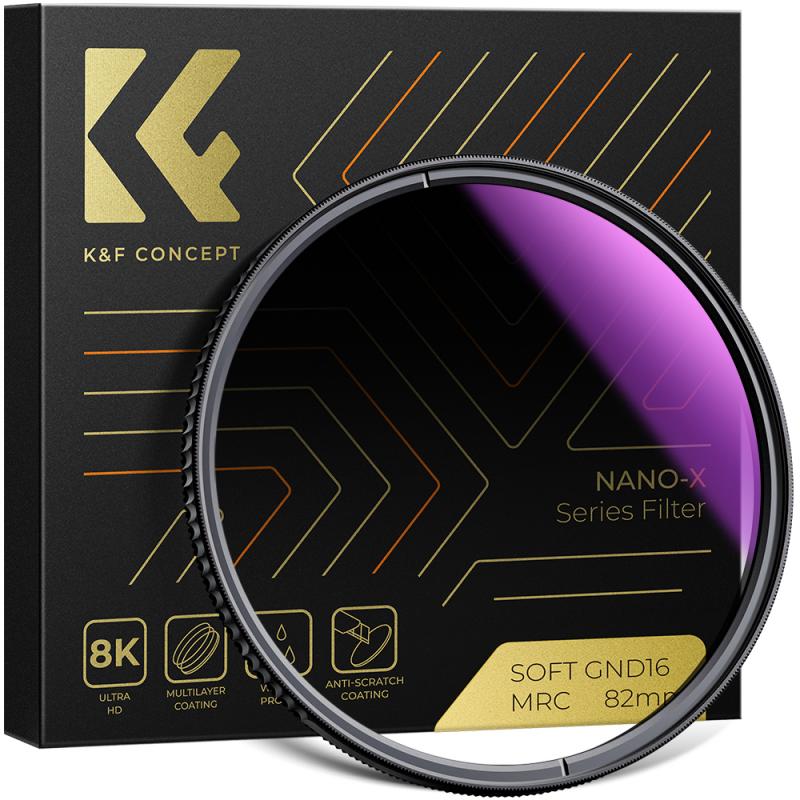
4、 Wi-Fi Connectivity Solutions for Wildlife Cameras
Wi-Fi Connectivity Solutions for Wildlife Cameras
In recent years, the use of wildlife cameras has become increasingly popular among nature enthusiasts, researchers, and conservationists. These cameras provide a unique opportunity to observe and study wildlife behavior without disturbing their natural habitat. However, one challenge that users often face is how to connect these cameras to the internet for remote monitoring and data retrieval. This is where Wi-Fi connectivity solutions come into play.
Wi-Fi connectivity solutions for wildlife cameras allow users to connect their cameras to the internet wirelessly, eliminating the need for physical connections or the hassle of retrieving memory cards. These solutions typically involve the use of a Wi-Fi-enabled SD card or a separate Wi-Fi adapter that can be attached to the camera.
The Wi-Fi-enabled SD card acts as a bridge between the camera and the internet. It can be inserted into the camera's SD card slot, and once connected to a Wi-Fi network, it allows users to remotely access and control the camera through a smartphone app or a web browser. This enables real-time monitoring, adjusting camera settings, and downloading or sharing captured images or videos.
Alternatively, a separate Wi-Fi adapter can be connected to the camera via a USB or HDMI port. This adapter creates a Wi-Fi hotspot that the camera can connect to, enabling wireless communication with a smartphone, tablet, or computer. Users can then access the camera's live feed, adjust settings, and download media files from a remote location.
The latest advancements in Wi-Fi connectivity solutions for wildlife cameras have focused on improving range, signal strength, and power efficiency. Some devices now offer long-range Wi-Fi capabilities, allowing users to monitor cameras placed in remote locations or large wildlife reserves. Power-saving features have also been introduced to extend battery life, ensuring that the camera remains operational for extended periods.
In conclusion, Wi-Fi connectivity solutions for wildlife cameras provide a convenient and efficient way to connect these cameras to the internet for remote monitoring and data retrieval. Whether through Wi-Fi-enabled SD cards or separate Wi-Fi adapters, these solutions offer real-time access to camera feeds, settings, and media files. With continuous advancements in technology, these solutions are becoming more reliable, powerful, and energy-efficient, making them an essential tool for wildlife researchers and enthusiasts alike.


